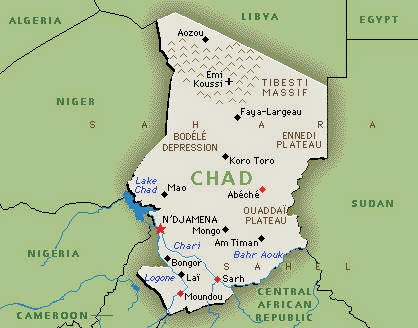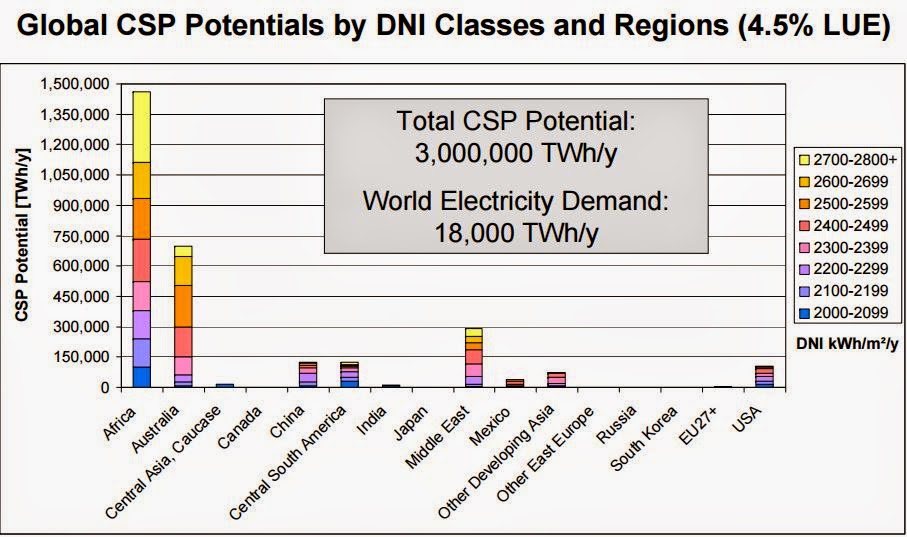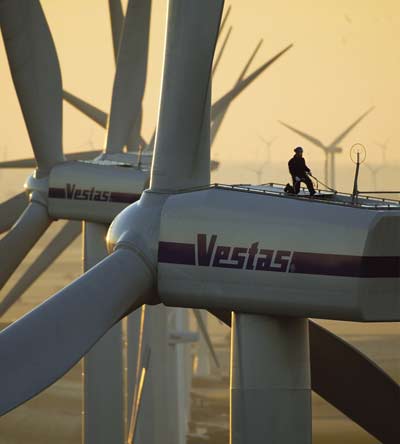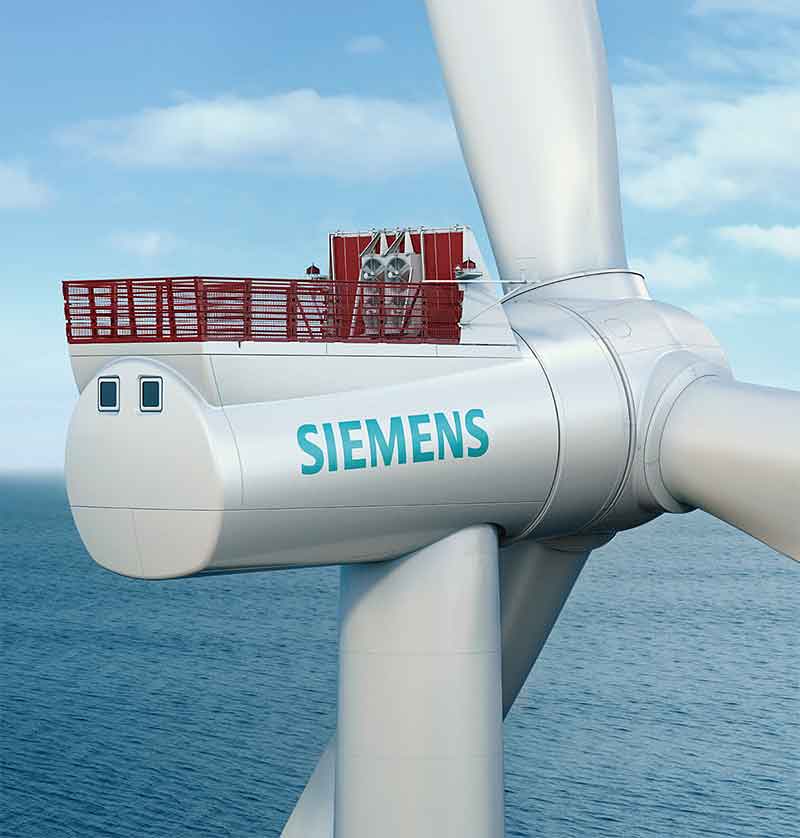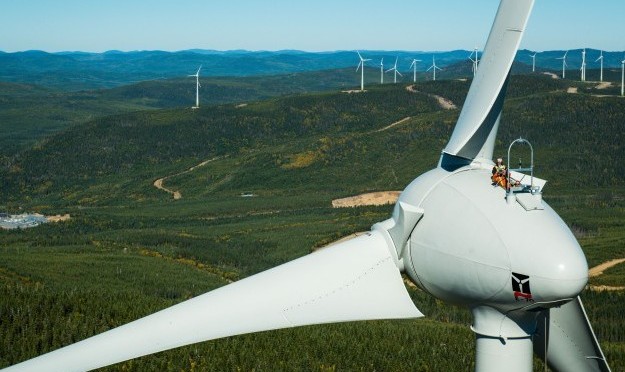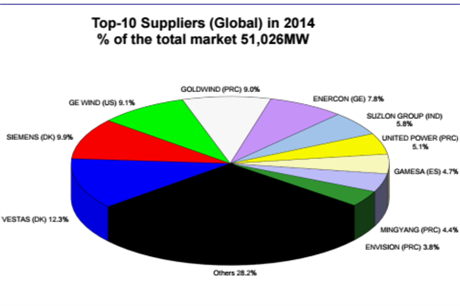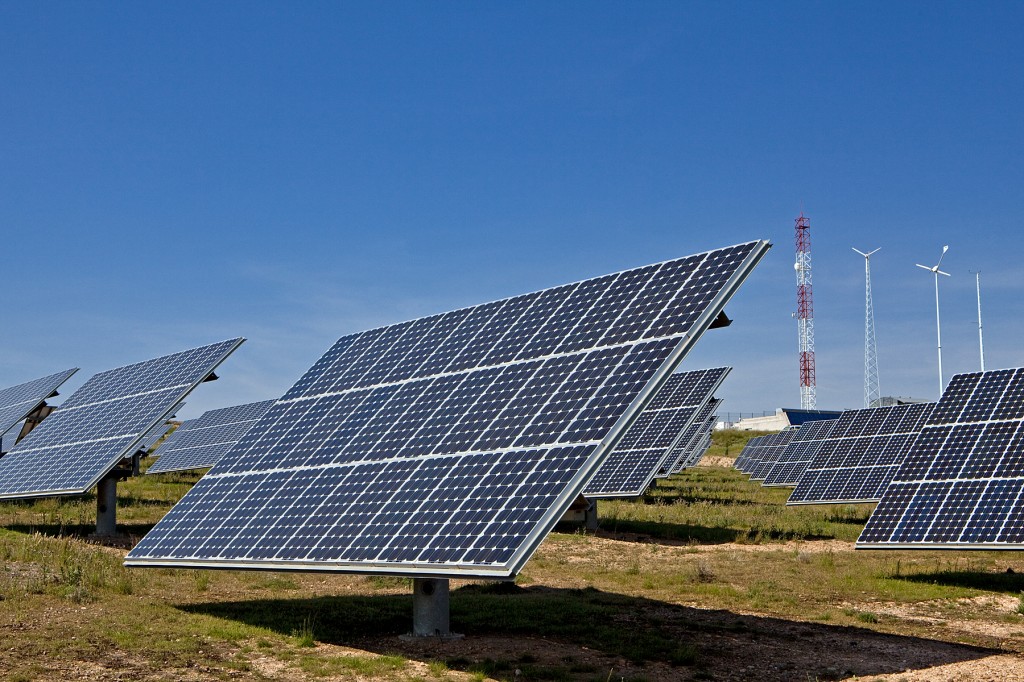Acciona Energía has won the Infraestructura 360ºprize awarded by the Inter-American Development Bank (IADB) for the sustainability of its infrastructure projects implemented in the Latin America/Caribbean area. The winning project was the Eurus wind farm, a 250.5-megawatt (MW) facility located in the west of the State of Oaxaca, Mexico. The jury particularly highlighted its positive impact on the quality of life of the surrounding community. The company has invested over 8 million pesos (more than half a million dollars) to benefit around 4,500 people.
The award, granted in the modality of Población y Liderazgo [population and leadership] was received today by Verónica De Parres, Director of Quality, Safety and Environment and Corporate Social Responsibility of ACCIONA Energía México, during the annual meeting of the IADB held in Busan (South Korea).
The project presented by ACCIONA was selected by an international jury from among more than 40 projects from 10 countries. The projects were evaluated using the infrastructure sustainability analysis methodology created by the Zofnass-Harvard Program of the Graduate School of Design of the North American university to analyze and quantify the sustainability of infrastructure projects in an objective way.
According to the evaluation report, the Eurus project “has demonstrated excellent performance in the improvement of the quality of life of the community where it is located”.
For his part, IADB Vice President for the Private Sector and Non-Sovereign Guaranteed Operations Hans Schultz stated that “we should invest in sustainable infrastructures to face up to the challenges of climate change and achieve inclusive growth in ther region. The Infraestructura 360 prizes recognize pioneering sustainability practices in the private sector to make progress in that direction.”
The Eurus wind farm is located at La Venta, in the municipality of Juchitán de Zaragoza in Oaxaca State (Mexico).
It was built and is operated by ACCIONA Energía México as a self-supply project for the cement company Cemex. It represented an investment of 550 million dollars.
Eurus is one of the biggest wind farms in Latin America, with 250.5 MW generated by 167 wind turbines of 1,500 kW each. It produces an average 989 GWh of electric power a year, equivalent to the consumption of a city of 500,000 people, and avoids the emission of around 600,000 metric tons of CO2 per year.
The impacts generated in the construction and production phases of the wind farm have been managed through a Social and Environmental Plan.
A series of measures have been taken in the environmental area, such as the improvement of the road network around the wind farm; the creation of a drainage system to avoid the accumulation of water in floodable areas; the monitoring and control of noise during the construction process, and the preservation of archaeological or historical remains, among other things.
In the social domain, a close relationship has been maintained with the community since the early phases of the project; needs and opportunities in the local population were identified through questionnaires and opinion surveys; a Community Investment Plan was set up aiming at the economic, social and environmental self-sufficiency of La Venta through projects in areas such as reforestation, waste management, vocational training in wind power, self-employment or education for health.
Several projects for the community
Among the training projects are the development of small-capacity wind turbines with the Universidad del Istmo, with 3 master’s and 9 undergraduate dissertations; master’s scholarships in wind power (24); training courses in tailoring, baking, electricity, computing and embroidery to encourage self-employment, with 400 people trained; higher education training in subjects related to renewable energies with the support of the Distance Learning University of Mexico, with 12 young people taking part.
ACCIONA has built and equipped -and operates and maintains- a Community Bioclimatic Center where courses are given for environmental jobs and education or advice on sports projects, with 1,500 beneficiaries.
An agricultural project for La Venta has also been developed, setting up 11 rural production companies and 70 small farms benefitting from it, plus a traditional embroidery micro-company with 8 women.
In the healthcare area, a program has been created to detect cervical lesions covering 600 women. Sex education talks have also been given to young people on HIV/AIDS and unwanted pregnancies, with 100 participants.
Around 1,000 people have taken part in guided visits to the wind farm in recent years, and another 500 in the Sustainability Class organized by the company.
First ACCIONA wind farm in Mexico
Eurus was ACCIONA’s first wind power project in Mexico. The company is currently the biggest owner of wind power assets in the country (556.5 MW, i.e. 23% of total capacity at the end of 2014). The company is presently building 301.5 MW of capacity for customers in the states of Nuevo León and Oaxaca, and is continuing its efforts to development wind power in the county.
Other divisions of ACCIONA also have a strong presence in Mexico.ACCIONA Agua is part of a consortium that is building the Atotonilco wastewater treatment plant, the biggest in the world. It will treat the wastewater generated by 10.5 million people in Mexico City. For its part, ACCIONA Infraestructuras has built over 300,000 m2 in Mexico, in the form of civil works, property developments and representative buildings.
ACCIONA Energía is a global operator in clean energies with over 20 years’ experience in the sector. The company owns and operates 219 wind parks totaling 7,087 MW; 79 hydro plants (888 MW); 6 thermal solar plants (314 MW), several photovoltaic facilities (143 MWp) and three biomass plants (61 MW). The company carries out projects for customers in wind and photovoltaic power and, through its subsidiary ACCIONA Windpower, produces wind turbines using in-house technology.





